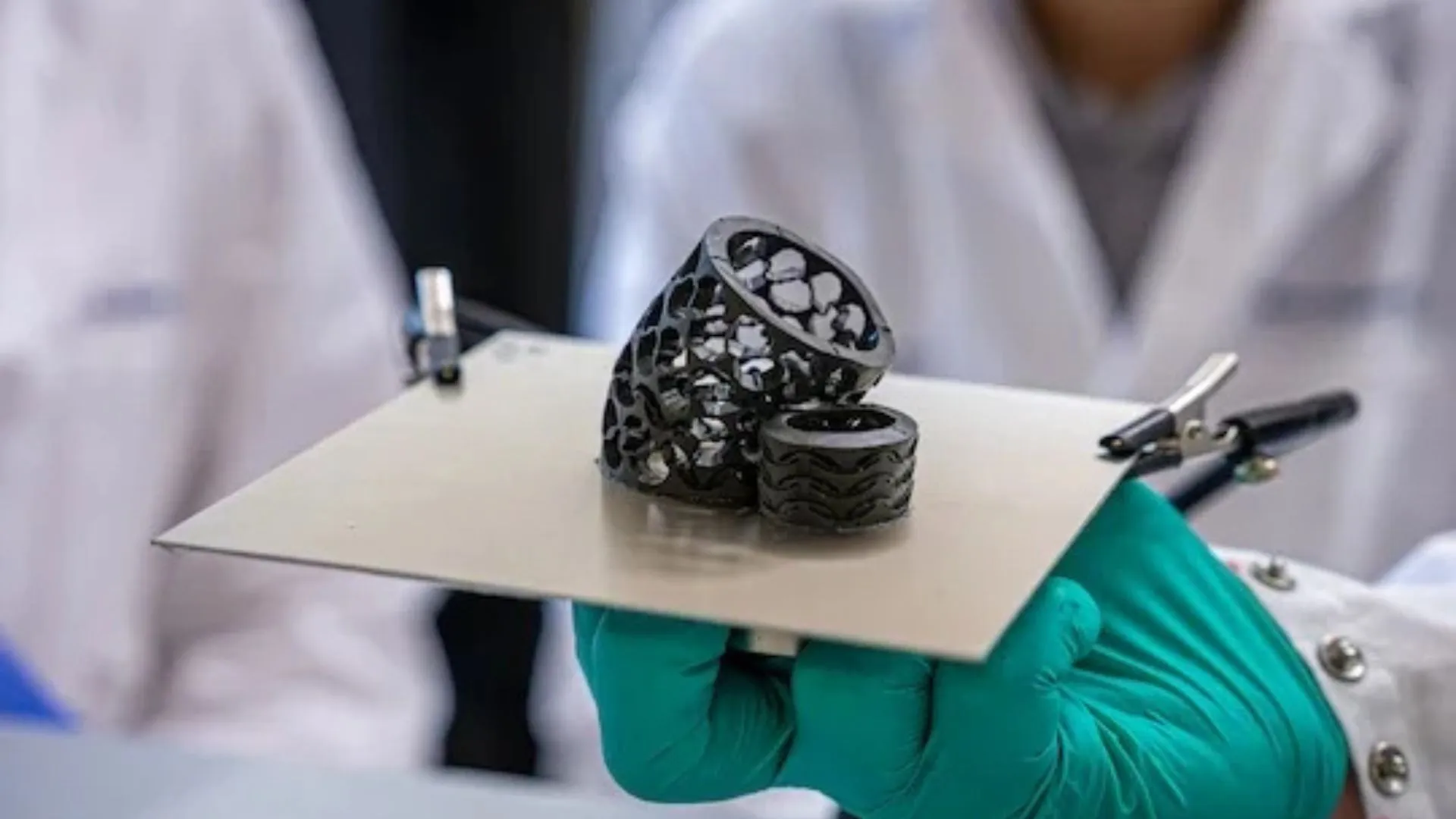
Researchers at Rice University have developed a soft metamaterial that can quickly change size and shape under remote control.
The team says the invention could open the door to safer, more versatile ingestible and implantable medical devices.
Their work, led by Yong Lin Kong, highlights a material that combines unusual flexibility with remarkable strength.
Designed for stability and strength
Metamaterials are engineered structures that gain their properties from geometry rather than chemistry.
The Rice team designed a material that remains stable while also deforming on command, a combination not previously seen in soft structures.
The material withstands compressive loads more than 10 times its weight. It also maintains performance under extreme temperatures and corrosive environments. Such resilience is essential for medical devices that must endure the acidic conditions of the human stomach.
Kong, an assistant professor of mechanical engineering at Rice’s George R. Brown School of Engineering and Computing, said the key was “programmed multistability.”
His group incorporated trapezoidal supports and reinforced beams to lock the structure into shape. “These elements create an energy barrier that locks the structure into its new shape even after the external actuation force is removed,” he said.
Built with microarchitectures
The researchers used 3D-printed molds to construct microarchitectures of tilted beams and supporting segments. This design enables the metamaterial to switch between open and closed states when triggered by a magnetic field.
The transformation holds even after the field is removed, giving the structure a form of memory. The team created larger 3D structures capable of complex movements by linking unit cells as building blocks.
These motions include peristaltic waves, which allow the material to move or deliver fluids in controlled ways.
Kong said this soft approach helps address risks such as ulcers, puncture injuries, and inflammation, which are often linked to rigid devices inside the body.
The team showed that the material continued to function after long exposure to stress and acidic corrosion, conditions similar to those in the gastrointestinal tract.
New frontiers in medical use
The ability to control the metamaterial remotely makes new medical applications possible.
“The metamaterial makes it possible to remotely control the size and shape of devices inside the body,” Kong said.
“This could enable lifesaving capabilities such as precisely controlling where a device stays, delivering medication where it’s needed or applying targeted mechanical forces deep inside the body.”
He added that his group is developing ingestible systems that could one day treat obesity in humans. The same designs may also support therapies for marine mammals.
Rice researchers are working with surgeons at the Texas Medical Center to build wireless fluidic control systems that address unmet clinical needs.
Kong’s first graduate student, Taylor Greenwood, served as the first author of the study and now teaches at Brigham Young University.
Graduate students Brian Elder and Jared Anklam, postdoctoral associates Jian Teng and Saebom Lee, and other collaborators contributed to the research.
Funding came from the National Institutes of Health and the Office of Naval Research.
The study is published in the journal Science Advances.



